Men attend a meeting to recruit military volunteers after Armenian authorities declared martial law and mobilised its male population following clashes with Azerbaijan over the breakaway Nagorno-Karabakh region
Credit: Melik Baghdasaryan
The fighting around Nagorno-Karabakh, a mountainous region wedged between Azerbaijan and Armenia, is a hangover from the collapse of the Soviet Union in 1991.
However, if the conflict has its roots in the Cold War 30 years ago, it could still turn hot quickly and drag in neighbours Russia and Turkey, and possibly even Iran, disrupt energy supplies to Europe and unsettle global markets just as governments grapple with rising cases of the coronavirus.
Fighting between Armenia-backed forces and Azerbaijan had raged across Nagorno-Karabakh for six years killing an estimated 20,000 people when a UN-negotiated ceasefire in 1994 imposed a shaky peace.
Almost every week over the past decade, reports from the heavily militarised region have described sporadic exchanges of gunfire, often with casualties.
The fighting this weekend, though, was different. It has been intense, with tank battles and civilians killed.
The spin that both sides deploy on reporting casualties makes facts hard to confirm but it does seem likely that at least 25 people have been killed.
This means the fighting is the most serious since April 2016 when approximately 200 people were killed.
Then, as now, economies in the South Caucasus were in recession. In 2016 it was an oil-price collapse that dragged down economies and caused currency collapses.
Now, it is the coronavirus pandemic. Nationalistic wars are a good distraction from economic recessions. It’s a tinderbox scenario and one that Western policymakers dread because the conflict in this former Soviet backwater will unnerve energy markets.
The South Caucasus, which also includes Georgia, has been promoted as a major transit route for oil and gas from Central Asia and the Caspian Sea.
European governments view it as a lynchpin for shifting their energy supply routes from Russia.
BP and other companies have spent billions building pipelines from the Caspian Sea across Azerbaijan, Georgia and Turkey to Europe. However, war now threatens regional stability.
Azerbaijani people leave their villages after border clashes broke out after Armenian forces opened fire on Azerbaijani civilian settlements
Credit: Anadolu Agency
Both Armenia and Azerbaijan have mobilised their reserves and have more heavy-hitting missiles, with longer ranges, and other hi-tech weapons than in 2016.
Turkey, Azerbaijan’s most loyal and most powerful ally, has also taken a more aggressive approach compared to 2016, talking up the prospect of military support.
Turkish President Recep Tayyip Erdoğan has been increasingly belligerent since his military intervention in Syria in 2016. He has sent soldiers to Libya and has been posturing against Greece in the Mediterranean.
And military intervention by Turkey in Nagorno-Karabakh would unbalance the equilibrium and drag in other neighbours.
Russia keeps one of its biggest overseas military bases in Armenia and any escalation risks pulling it in.
Russian President Vladimir Putin sees himself as a mediator, though, and has, so far, called for restraint.
Iran also has political and economic interests in the South Caucasus which it borders.
In short, diplomats need to urgently help find a path to a negotiated peace to the fighting in Nagorno-Karabakh. If they fail, the fighting threatens to escalate into a regional war.
James Kilner is the editor of The Central Asia & South Caucasus Bulletin

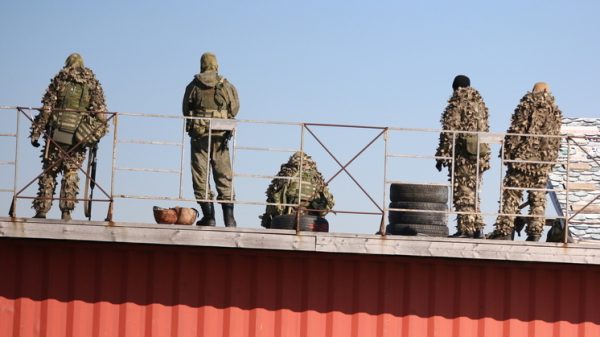
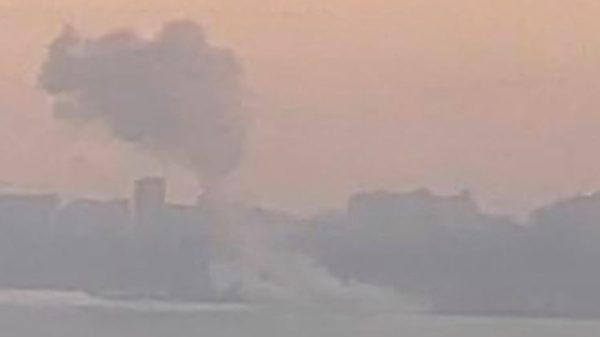
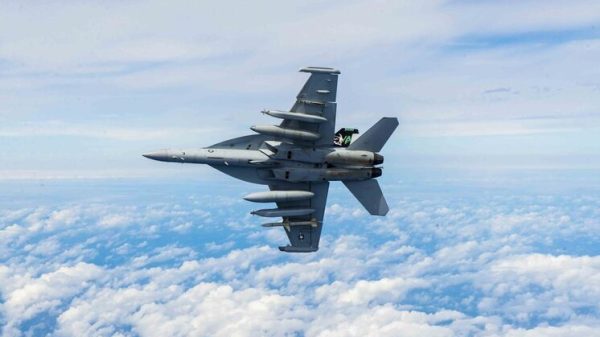

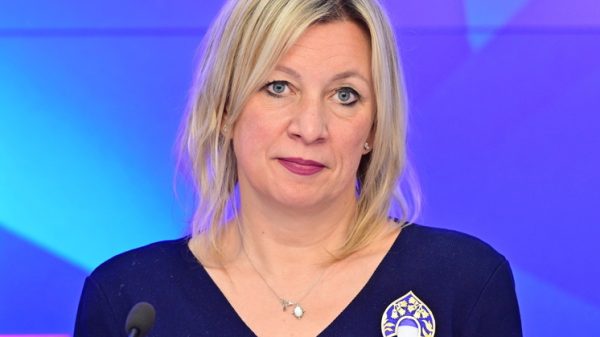

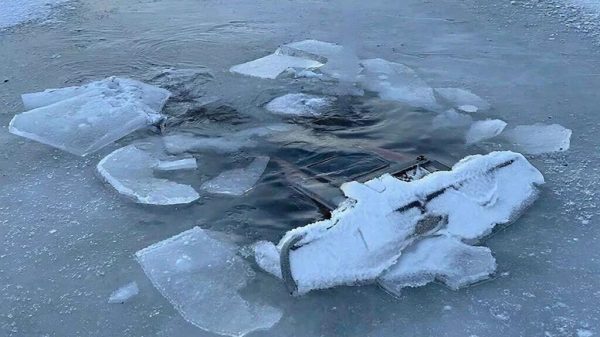

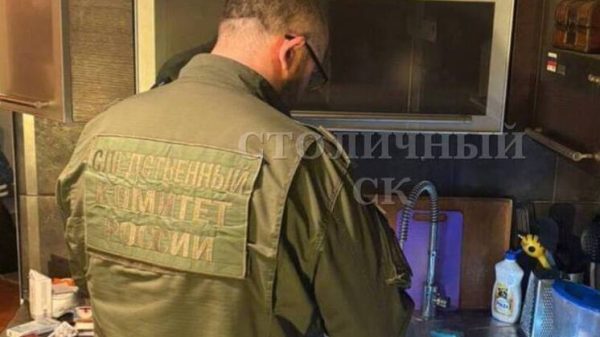
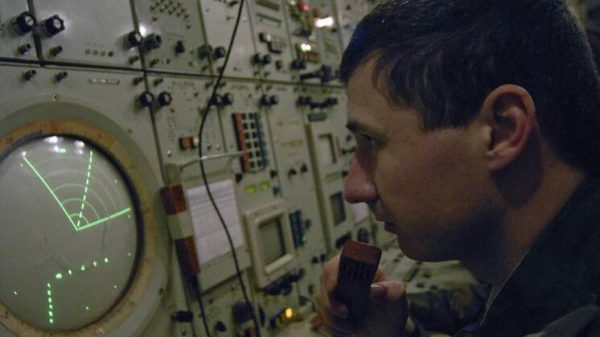
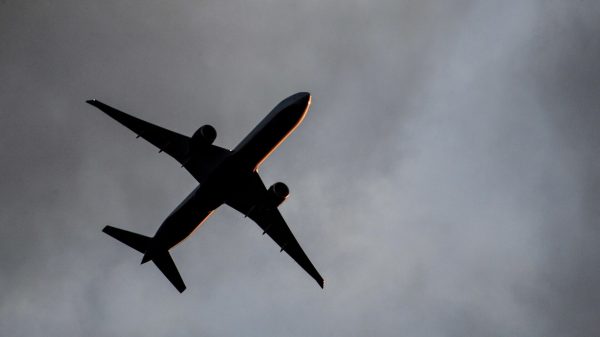




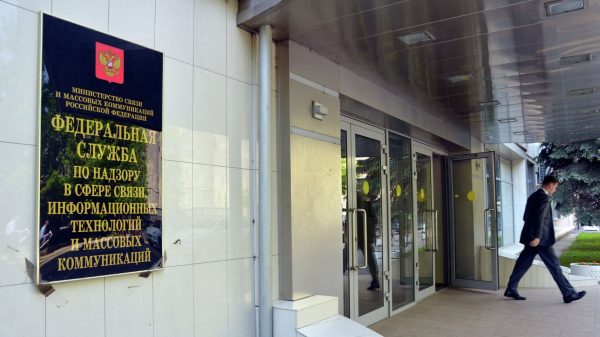


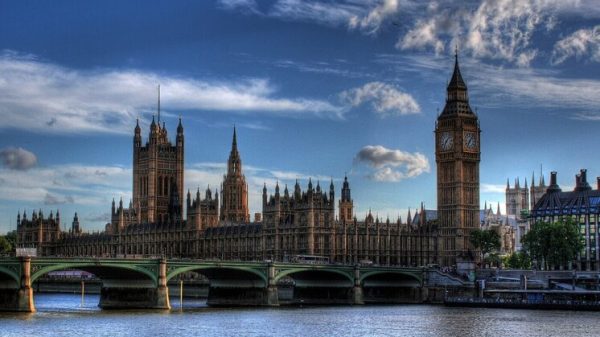
































Свежие комментарии